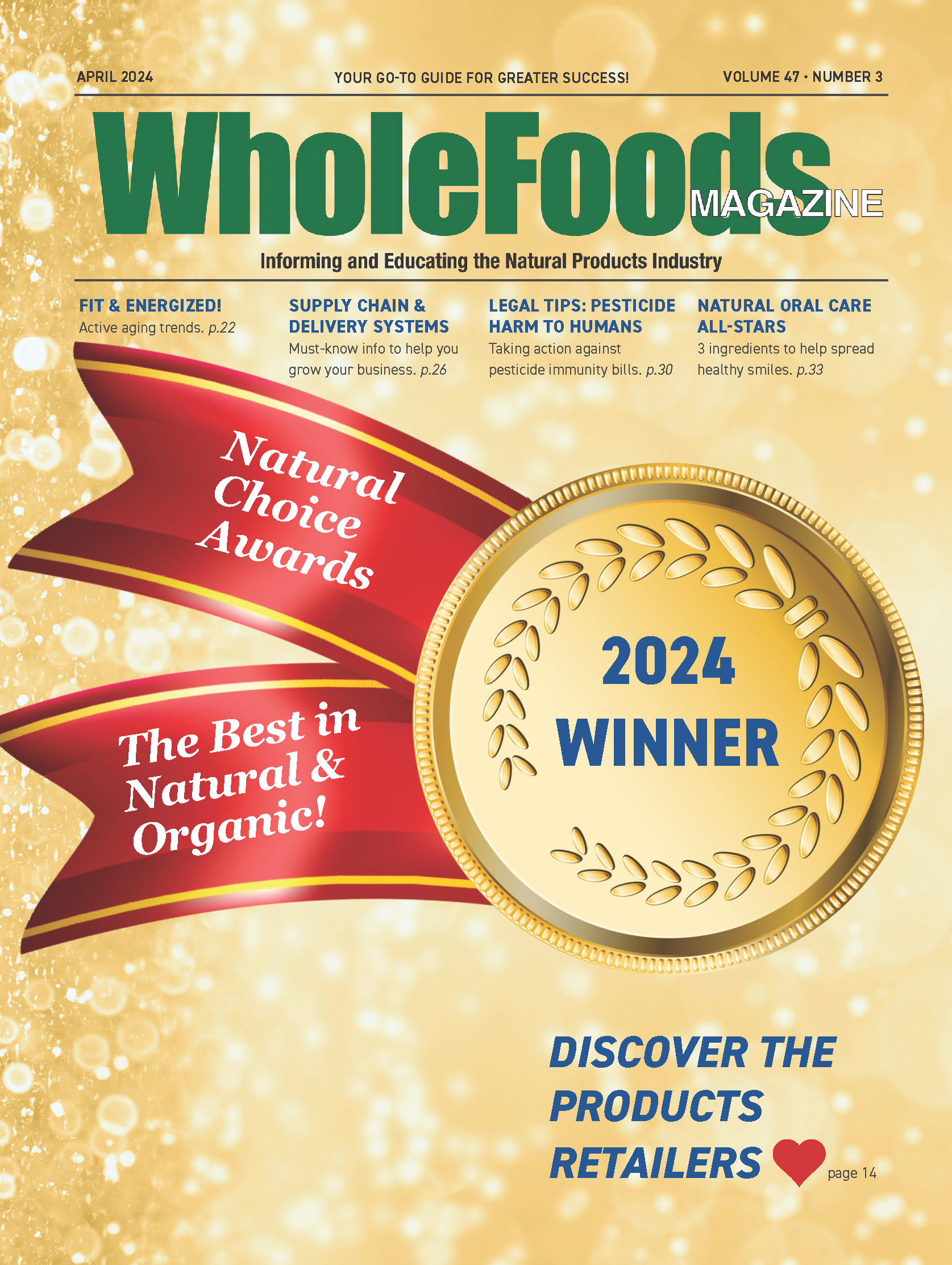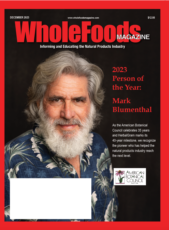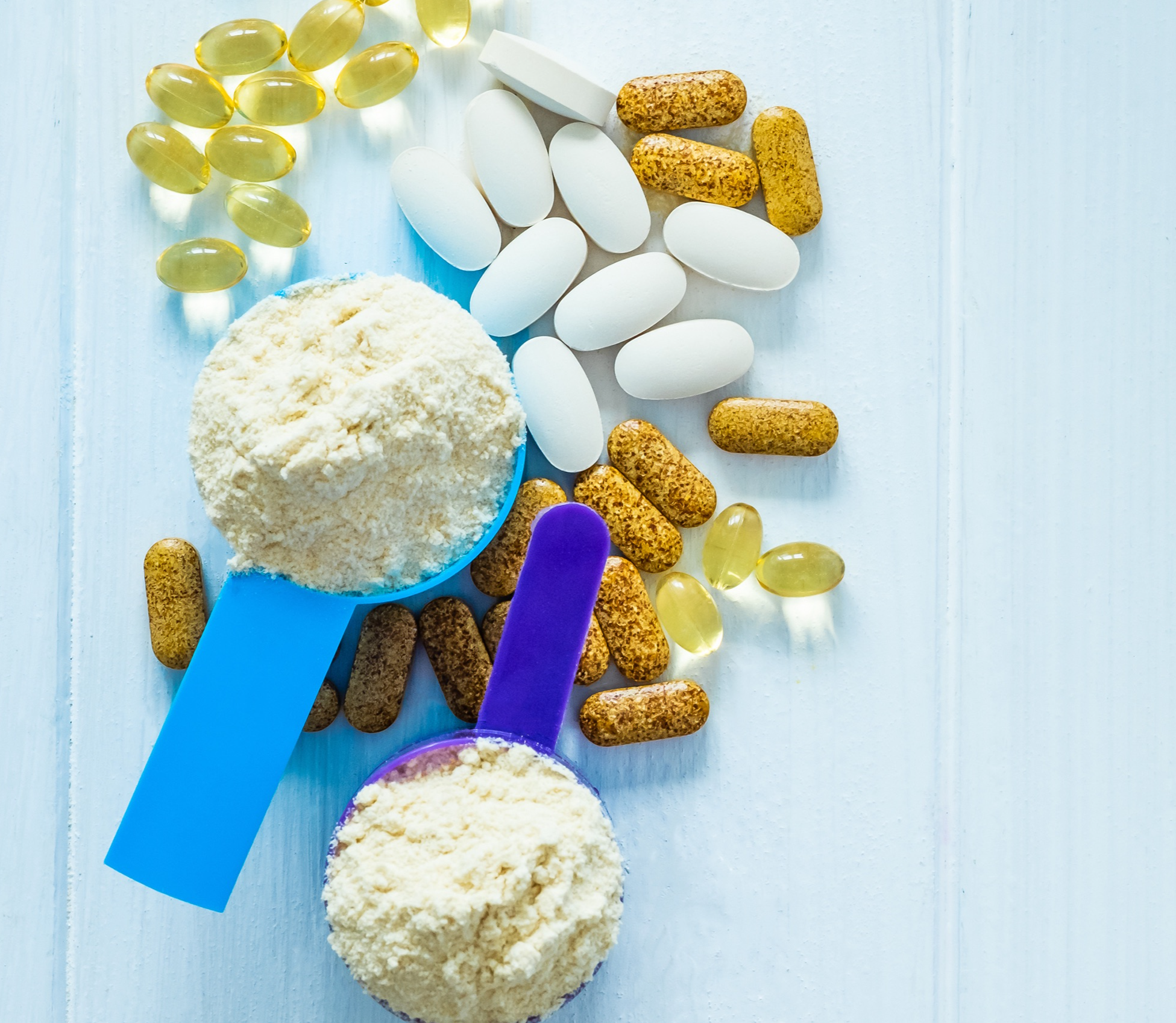
Quicklinks
WholeFoods Magazine
Finding Your Brand's Wellness Factor

Now more than ever, health has become a booming and primary source of consumer interest. Wellness is determined on an individual basis, and your brand needs to adhere to what consumers need. It is important to make sure that each shopper has exactly what they need to make a conscious purchasing decision.
Health is essential in your branding and your products because consumers want to know why what they are purchasing is healthier. They want to know that the product is meeting their needs in terms of wellness. Making sure your brand and product meets the needs of your audience has to be structured into the engineering, and making sure your brand and product reaches your audience has to be done through build up and marketing.
Today’s norms heavily affect how consumers perceive a brand, and what it means to have a health-focused brand changes regularly. Increasingly, consumers are concerned with immunity when it comes to health and wellness. Creating and giving your consumers peace of mind when they are making purchases gives your brand increased profitability.
Brands can stay afloat by promoting and marketing their health benefits to consumers during the worst health crisis of our time. You can avoid becoming outdated by staying in-tune with what consumers are currently looking for in the health aspects of brands. It is important to evolve with trends and reasonably market your brand to reflect this evolution.
As such, with evolution comes accessibility and therefore affordability. Wellness has become a necessity for consumers, and it is unnecessary to pay luxury prices on necessity items. Well-luxe evokes the idea that wellness is a status symbol, but we are now seeing that people need and want to feel good, healthy, and productive. Making your brand available and accessible to consumers is essential to marketing the health of your brand.
Wellness takes many different forms from consumer to consumer. It can be as simple as how you wake up, how you breathe, how you move, and how you think. Wellness is a combination of all of the things that make consumers feel good, mentally and physically. Exercise and nutrition have been a long-time pillar for health, but brands need to research and re-understand what health means to the modern consumer and consumers' the intention of wellness.
Thankfully, producing products that contribute to wellness and overall happiness is not difficult; it's actually fairly simple these days. Your brand’s health potential needs to be dependent on the understanding of what makes products healthy and what healthy is to consumers. It also requires understanding those who do and do not have health, where health comes from, and how much a brand can help.
Some keys to achieving health, immunity, overall wellness, and peace of mind can simply be attributed to proper nutrition and sleep, drinking enough water and taking supplements, and exercising. Being happy stems from willingness to participate in these simple healthy activities, and brands can contribute to promoting the happiness of consumers by focusing on and highlighting their own products’ health.
Highlighting your brand’s health can help consumers determine if your products are green, better for the environment, and better for their health. Green products is a term that appeals to consumers because it helps them know that their purchases are not contaminated with toxic alternatives to organic ingredients. Branding yourself as an environmentally conscious brand will allow consumers to make conscious decisions, and this can be done by working toward recycling programs, adopting environmentally friendly production guidelines, and notifying consumers of the water they are saving when purchasing your products. Some consumers are more concerned with how socially conscious your brand is, looking to see how the brand is helping others in need, promoting certain political and social figures, and more. Giving back to your consumers can range from many different policies.
At this point, everyone knows that what goes on you (such as lotions with chemicals and deodorants with aluminum) also goes in you. Consumers want a clear idea of what exactly is in the products they are purchasing and using. Where is your company manufacturing products? What is in them? The freshness of a product, what ingredients are used, if it is environmentally friendly, and if it has antioxidants are at the top of consumers questions when looking for their latest product.
When it comes to beauty products, consumers have the same questions if not more! What makes a beauty product healthy? Your brand needs to display the wisdom and evidence-based research that goes into creating healthy products. Express to your consumers that these products are not only going to keep them feeling and looking beautiful, but they will keep them healthy.
Being a healthy brand can be as simple as listening to your consumer’s stresses and providing a remedy to them. People who participate in everyday routines and make long-lasting efforts to better themselves have been proven to become happier. Beauty products can contribute to this. Allowing consumers to pick colors, products, and moving by applying makeup to their face can all contribute to reduced stress, according to Kelsey Stewart at The Zoe Report. Being a healthy brand is adapting your products to consumers’ needs and wants as they evolve over time.
Having a healthy brand is crucial to building an audience, making your brand more valuable today than direct sales, according to 70% of brand owners and managers cites Hannah Hagee with Lucidpress. Building your brand audience comes from diagnosing its health appeal, and this can be done by listening to both employee and consumer testimonials.
4 questions to identify your product's wellness potential:
Your brand will benefit from evolving with the health standards of the modern consumer, offering testimonials, expert opinion and research, and being transparent with consumers about the ingredients and manufacturing policies in place. Staying true to the health of your brand will draw in attention from people with large followings who can love and promote your products. Making your user experience a good one can increase trust between consumer and brand, and it contributes to the way you create your brand. Take the proper considerations when developing policies within your production, social and environmental awareness activities, and make the improved health benefits known to your consumers.
Health is essential in your branding and your products because consumers want to know why what they are purchasing is healthier. They want to know that the product is meeting their needs in terms of wellness. Making sure your brand and product meets the needs of your audience has to be structured into the engineering, and making sure your brand and product reaches your audience has to be done through build up and marketing.
Today’s norms heavily affect how consumers perceive a brand, and what it means to have a health-focused brand changes regularly. Increasingly, consumers are concerned with immunity when it comes to health and wellness. Creating and giving your consumers peace of mind when they are making purchases gives your brand increased profitability.
Brands can stay afloat by promoting and marketing their health benefits to consumers during the worst health crisis of our time. You can avoid becoming outdated by staying in-tune with what consumers are currently looking for in the health aspects of brands. It is important to evolve with trends and reasonably market your brand to reflect this evolution.
As such, with evolution comes accessibility and therefore affordability. Wellness has become a necessity for consumers, and it is unnecessary to pay luxury prices on necessity items. Well-luxe evokes the idea that wellness is a status symbol, but we are now seeing that people need and want to feel good, healthy, and productive. Making your brand available and accessible to consumers is essential to marketing the health of your brand.
Wellness takes many different forms from consumer to consumer. It can be as simple as how you wake up, how you breathe, how you move, and how you think. Wellness is a combination of all of the things that make consumers feel good, mentally and physically. Exercise and nutrition have been a long-time pillar for health, but brands need to research and re-understand what health means to the modern consumer and consumers' the intention of wellness.
Thankfully, producing products that contribute to wellness and overall happiness is not difficult; it's actually fairly simple these days. Your brand’s health potential needs to be dependent on the understanding of what makes products healthy and what healthy is to consumers. It also requires understanding those who do and do not have health, where health comes from, and how much a brand can help.
Some keys to achieving health, immunity, overall wellness, and peace of mind can simply be attributed to proper nutrition and sleep, drinking enough water and taking supplements, and exercising. Being happy stems from willingness to participate in these simple healthy activities, and brands can contribute to promoting the happiness of consumers by focusing on and highlighting their own products’ health.
Highlighting your brand’s health can help consumers determine if your products are green, better for the environment, and better for their health. Green products is a term that appeals to consumers because it helps them know that their purchases are not contaminated with toxic alternatives to organic ingredients. Branding yourself as an environmentally conscious brand will allow consumers to make conscious decisions, and this can be done by working toward recycling programs, adopting environmentally friendly production guidelines, and notifying consumers of the water they are saving when purchasing your products. Some consumers are more concerned with how socially conscious your brand is, looking to see how the brand is helping others in need, promoting certain political and social figures, and more. Giving back to your consumers can range from many different policies.
At this point, everyone knows that what goes on you (such as lotions with chemicals and deodorants with aluminum) also goes in you. Consumers want a clear idea of what exactly is in the products they are purchasing and using. Where is your company manufacturing products? What is in them? The freshness of a product, what ingredients are used, if it is environmentally friendly, and if it has antioxidants are at the top of consumers questions when looking for their latest product.
When it comes to beauty products, consumers have the same questions if not more! What makes a beauty product healthy? Your brand needs to display the wisdom and evidence-based research that goes into creating healthy products. Express to your consumers that these products are not only going to keep them feeling and looking beautiful, but they will keep them healthy.
Being a healthy brand can be as simple as listening to your consumer’s stresses and providing a remedy to them. People who participate in everyday routines and make long-lasting efforts to better themselves have been proven to become happier. Beauty products can contribute to this. Allowing consumers to pick colors, products, and moving by applying makeup to their face can all contribute to reduced stress, according to Kelsey Stewart at The Zoe Report. Being a healthy brand is adapting your products to consumers’ needs and wants as they evolve over time.
Having a healthy brand is crucial to building an audience, making your brand more valuable today than direct sales, according to 70% of brand owners and managers cites Hannah Hagee with Lucidpress. Building your brand audience comes from diagnosing its health appeal, and this can be done by listening to both employee and consumer testimonials.
4 questions to identify your product's wellness potential:
- Is it resolving problems and delivering perceived value?
- How compelling is your brand positioning compared to competitors?
- Is your brand consistent in customer experience, product value, and marketing?
- Has your brand’s value proposition and messaging become less desirable?
- How many employees know and understand your brand position? How many use it?
- Do consumers and the people who influence them understand your brand position? How many use it?
- Are employees' perception of the brand consistent with your stated brand position?
- Do employees interact with customers in a way consistent with your brand promise and positioning?
- Are executives fully committed to the brand position and supportive of branding efforts?
Your brand will benefit from evolving with the health standards of the modern consumer, offering testimonials, expert opinion and research, and being transparent with consumers about the ingredients and manufacturing policies in place. Staying true to the health of your brand will draw in attention from people with large followings who can love and promote your products. Making your user experience a good one can increase trust between consumer and brand, and it contributes to the way you create your brand. Take the proper considerations when developing policies within your production, social and environmental awareness activities, and make the improved health benefits known to your consumers.








